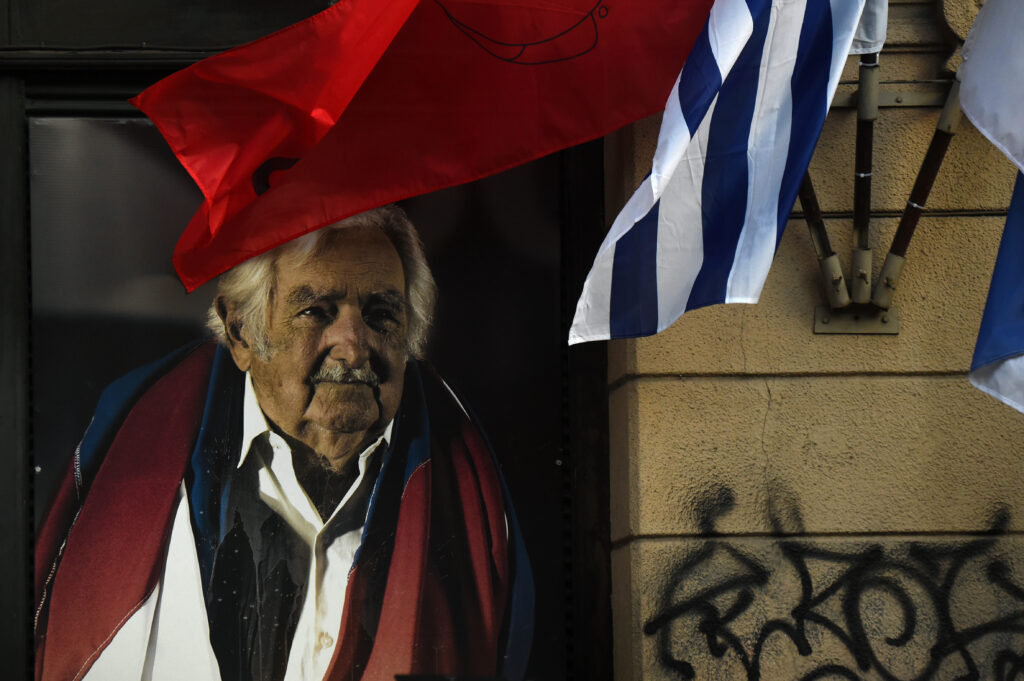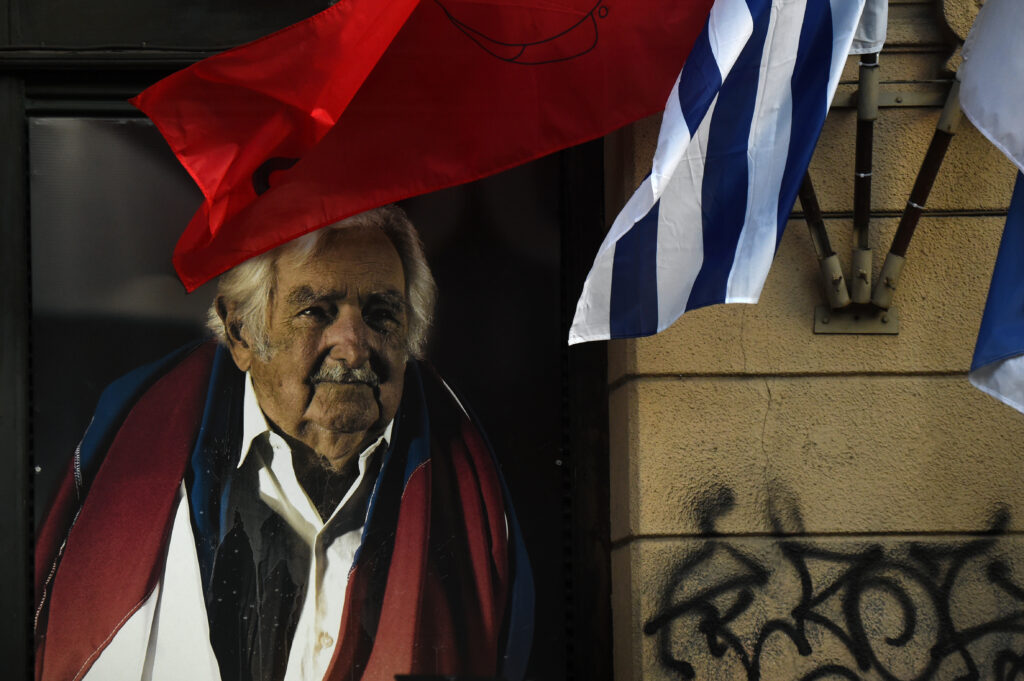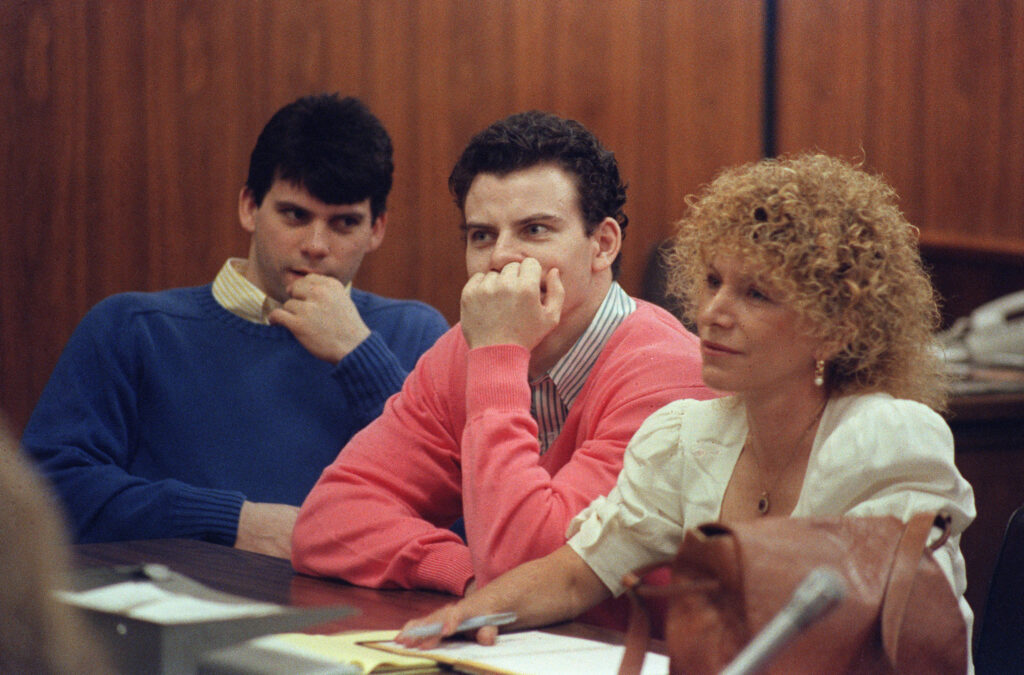Décès de “Pepe” Mujica, l’ex-président uruguayen icône de la gauche en Amérique latine
José “Pepe” Mujica, l’ancien guérillero qui a présidé l’Uruguay de 2010 à 2015, figure de la gauche latino-américaine et contempteur de la surconsommation, est mort mardi à l’âge de 89 ans.”C’est avec une profonde douleur que nous annonçons que notre camarade Pepe Mujica est décédé”, a écrit sur X l’actuel président uruguayen, Yamandu Orsi. Le petit pays sud-américain a décrété trois jours de deuil national et annoncé une veillée funèbre dans le Palais législatif de la capitale Montevideo. Surnommé le “président le plus pauvre du monde” pour avoir reversé la quasi-totalité de ses revenus de dirigeant à un programme de logement social, “Pepe” Mujica avait révélé en début d’année que son cancer de l’œsophage diagnostiqué en mai 2024 s’était propagé et que son corps ne supportait plus les traitements.”Clairement, je suis en train de mourir. Le guerrier a droit à son repos”, avait-il dit.Jusqu’au bout, il aura œuvré pour la gauche dans son pays. Érigé en figure du Frente Amplio, la coalition qui a mené la gauche pour la première au pouvoir en 2005 avec Tabaré Vasquez, il a mené la campagne présidentielle de Yamandu Orsi en novembre dernier.”Il y a quelque chose de doux, un peu comme un cadeau d’adieu”, dans la victoire de son héritier politique, avait-il dit dans un entretien à l’AFP.Une camionnette transportant le corps du défunt a quitté en fin de journée son domicile.Entre sanglots, compliments, et parfois quelques reproches, des Uruguayens ont évoqué auprès de l’AFP leur ancien président. “Quelqu’un de bien, humble, travailleur”, juge Carlos Casal, retraité de 71 ans qui assure l’avoir connu.Appuyé au comptoir d’un bar de la capitale, Walter Larus, serveur quinquagénaire, soupire: “Des politiciens comme lui, on n’en fait plus. Il ressentait et vivait comme les gens ordinaires”. Alvaro Paciello, sociologue de 53 ans, retiendra l’image d’un leader qui a “inspiré des millions de personnes”, les incitant à “apporter leur pierre à l’édifice pour un monde meilleur”. – “Exemple” -José Mujica a cru “en un monde meilleur”, a également relevé le Premier ministre espagnol socialiste Pedro Sanchez.”Toute l’Amérique latine est en deuil”, a renchéri l’ancien président bolivien Evo Morales.En Colombie, le président de gauche Gustavo Petro, lui aussi ex-guérillero, a salué un “grand révolutionnaire”.A gauche toujours, le président brésilien Luiz Inacio Lula da Silva a loué une “grandeur humaine (qui) a dépassé les frontières” et son homologue mexicaine Claudia Sheinbaum un “exemple pour l’Amérique latine et le monde entier”, par sa sagesse et sa simplicité.”Merci pour tout le courage que tu nous as donné (…) Adieu Pepe”, a pour sa part écrit le Français Jean-Luc Mélenchon, chef de file du parti de gauche radicale La France insoumise (LFI).M. Mujica a atteint une popularité inédite pour un dirigeant de ce pays de 3,4 millions d’habitants, coincé entre les géants brésilien et argentin.Sans cravate, il a prononcé à Rio en 2012 un discours retentissant contre le consumérisme lors de la Conférence des Nations unies sur le développement durable. L’année suivante, à l’Assemblée générale de l’ONU à New York, il s’en prenait au pillage des ressources de la Terre et au “dieu marché”.José Mujica revendiquait ses racines paysannes. Il recevait avec son épouse Lucia Topolansky, ex-vice-présidente et ancien membre de la guérilla, dans sa modeste ferme en périphérie de Montevideo, qu’il a refusé d’abandonner durant sa présidence. Son verbe spontané, sans langue de bois et souvent polémique, ont toutefois provoqué des critiques et des faux pas. – De guérillero à chef d’Etat -Dans les années 1960, José Mujica fut l’un des fondateurs de la guérilla urbaine d’extrême gauche Mouvement de libération nationale Tupamaros (MLN). Blessé par balles en 1970, il est emprisonné pendant toute la dictature (1973-1985) et torturé.Après sa libération en 1985, il se lance dans la politique et fonde en 1989 le Mouvement de participation populaire (MPP), pilier du Frente Amplio, qu’il dirigera jusqu’à sa mort.L’ancien guérillero, qui occupa aussi les fonctions de député, sénateur et ministre, a durant son mandat présidentiel bousculé les conventions, promouvant des mesures progressistes pour l’Amérique latine, comme la légalisation du cannabis, une première mondiale en 2013, ainsi que l’avortement et le mariage homosexuel.Mardi à la nuit tombée, des jeunes du mouvement MPP préparaient des banderoles pour adresser à “Pepe” Mujica un ultime message: “hasta siempre” (“adieu, à tout jamais”).







